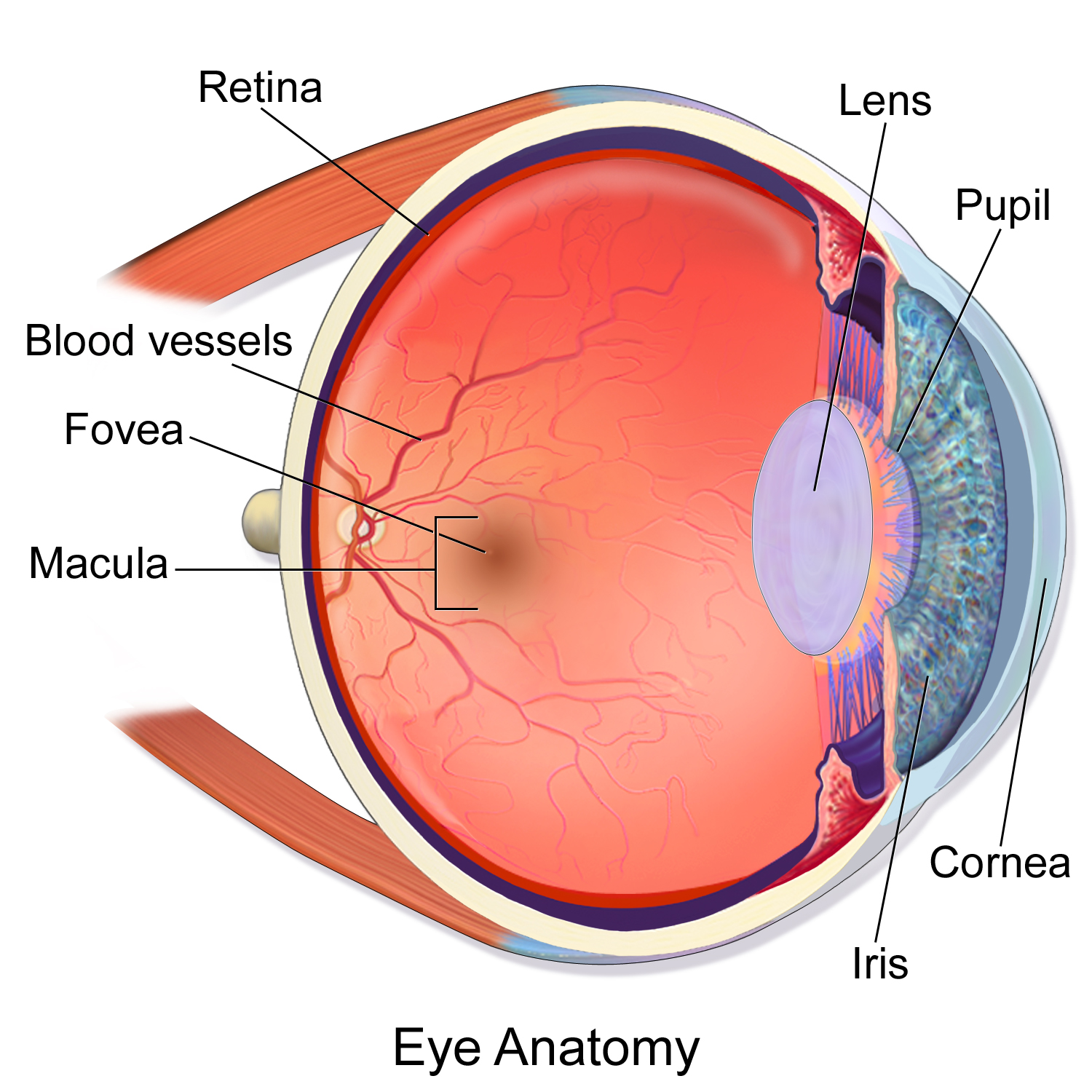Report by Shuchi Giridhar
A new type of neuron has been discovered in the retina by scientists from the John A. Moran Eye Center at the University of Utah. The retina is a layer of tissue behind the eye which senses light and sends images to your brain. In the central nervous system, interneurons are a special type of cells. They relay and communicate sensory motor information.
These interneurons act as messengers in the communication chain. The research team led by Dr. Ning Tian has discovered a new type of interneuron never known before.
What is the new type of interneuron?
After studying its morphology (shape), physiology (its physical structure and functions) , and genetic properties, the scientists have concluded that this cell doesn’t belong to any of the five classes of retinal neurons (nerve cells that are only present in the retina) identified more than 100 years ago.
Dr. Tian suggests that it belongs to an entirely new neuron class. The nerve cell has been named the Campana cell by the researches after its shape, resembling a hand bell. In the image below, the Campana cell is in green.

How does this discovery help?
Scientists studying the human eye can develop a better understanding of the central nervous system and the neurons in the retina.
What are the features of the Campana cell?
Campana cells transfer visual signals from both kinds of light-sensing rod and cone photoreceptors present in the retina, but their exact purpose is still being studied.
Experiments and studies show that Campana cells remain activated for an oddly long time. In response to a ten millisecond light flash simulation, they stay active for as long as thirty seconds.
What is the current stage of the study
The study has been conducted on mice at this time.
To read more:
https://healthcare.utah.edu/moran/news/2021/10/campana-cell-retina-discovery.php

